
In recent months, leading international law firm HFW has reported handling many claims involving dual-fuel LNG carriers and LNG-powered vessels. The issue, according to HFW, often stems from conventional fuels—particularly Very Low Sulphur Fuel Oil (VLSFO)—that are not consumed within their prescribed shelf life, rendering them unsuitable for use and requiring costly disposal.
When LNG prices fall below those of conventional fuels, charterers tend to maximize LNG consumption to save costs. However, this strategy may expose them to serious financial risks, as the loss in value of offloaded or expired fuel is generally not insurable.
The CIMAC association has noted that while High Sulphur Fuel Oil (HSFO) can remain stable for up to two years, VLSFO typically has a shelf life of only three to six months. This means that when LNG is used as the primary energy source, VLSFO may remain onboard for long periods and exceed its usable lifespan—posing operational and financial risks for both owners and charterers.
It might seem straightforward to assume that fuel-use decisions fall solely under the charterer’s responsibility, but in practice, the situation is more complex.
While time charter parties typically specify the minimum quality of fuel to be supplied by the charterer, they seldom define who is responsible for ongoing monitoring of fuel condition.
However, under the ISM Code, shipowners are required to include within their Safety Management System (SMS) appropriate risk assessments, operational procedures, and fuel quality testing before any bunkering operation. For LNG dual-fuel ships, owners should conduct regular monitoring and sampling of both fuels to ensure they are consumed within the effective period and to avoid degradation that could harm engine systems or cause operational failures.
Beyond conventional fuel issues, dual-fuel ships face an added layer of complexity in handling low-carbon fuels. If owners fail to properly manage or monitor the fuels—causing charterers to be unable to use the designated low-carbon options—commercial losses and disputes may arise.
To mitigate such risks, experts recommend that charter parties explicitly address dual-fuel management obligations, including the monitoring, reporting, and liability mechanisms for both fuel types. Suggested provisions include:
1. Assigning clear responsibility for fuel condition monitoring and ensuring timely updates to charterers on fuel status.
2. Establishing contingency measures in case one fuel type becomes unusable.
3. Defining compensation or penalty mechanisms for losses resulting from fuel unavailability or mismanagement.
by Xinde Marine News
The opinions expressed herein are the author's and not necessarily those of The Xinde Marine News.
Please Contact Us at:
media@xindemarine.com

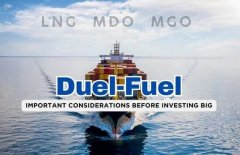 Dual-Fuel Vessels: A New Wave of Disputes Emerging
Dual-Fuel Vessels: A New Wave of Disputes Emerging 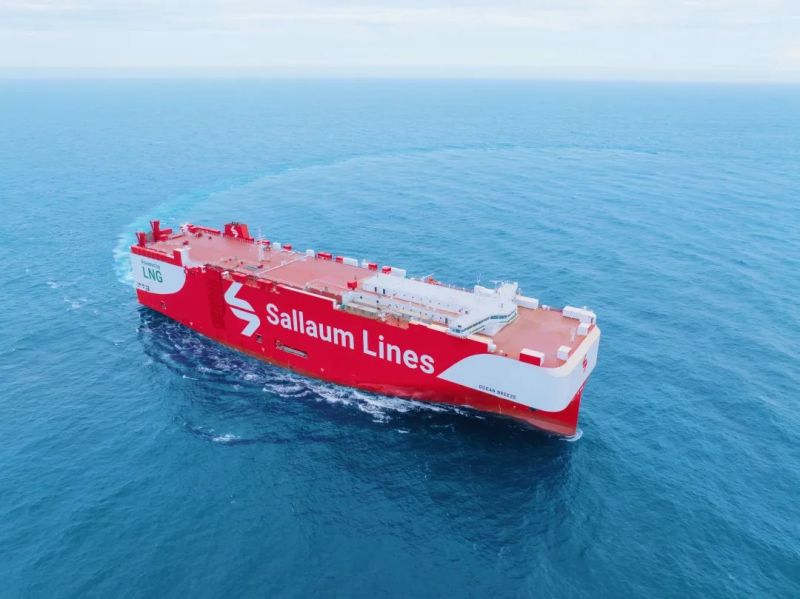 Early, Clean, Powerful: New LNG PCTC Sets Sail
Early, Clean, Powerful: New LNG PCTC Sets Sail 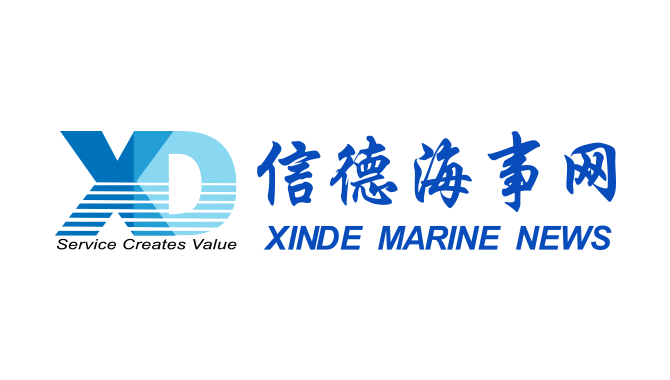 WOODSIDE AND CHINA RESOURCES AGREE LONG-TERM LNG SU
WOODSIDE AND CHINA RESOURCES AGREE LONG-TERM LNG SU 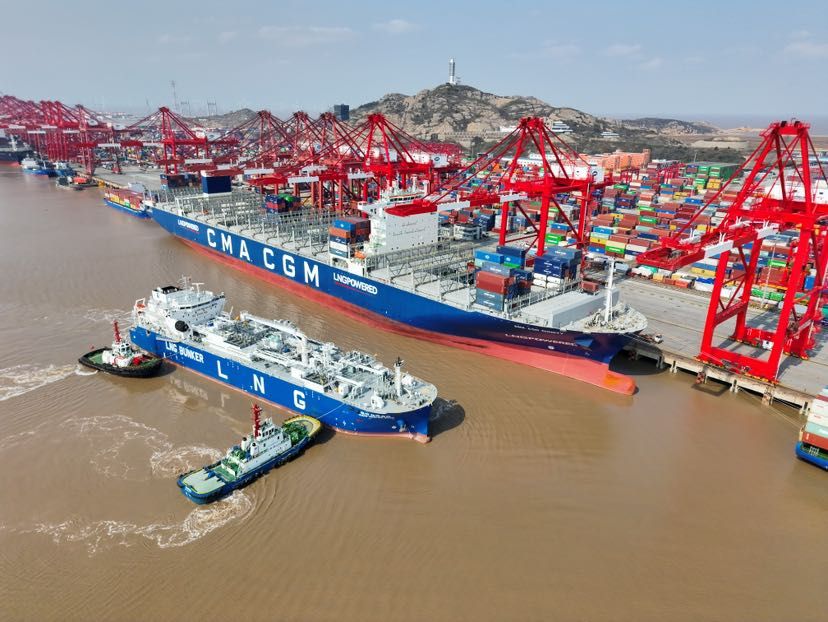 Shanghai Yangshan Port Bunkered Two LNG Powered Con
Shanghai Yangshan Port Bunkered Two LNG Powered Con 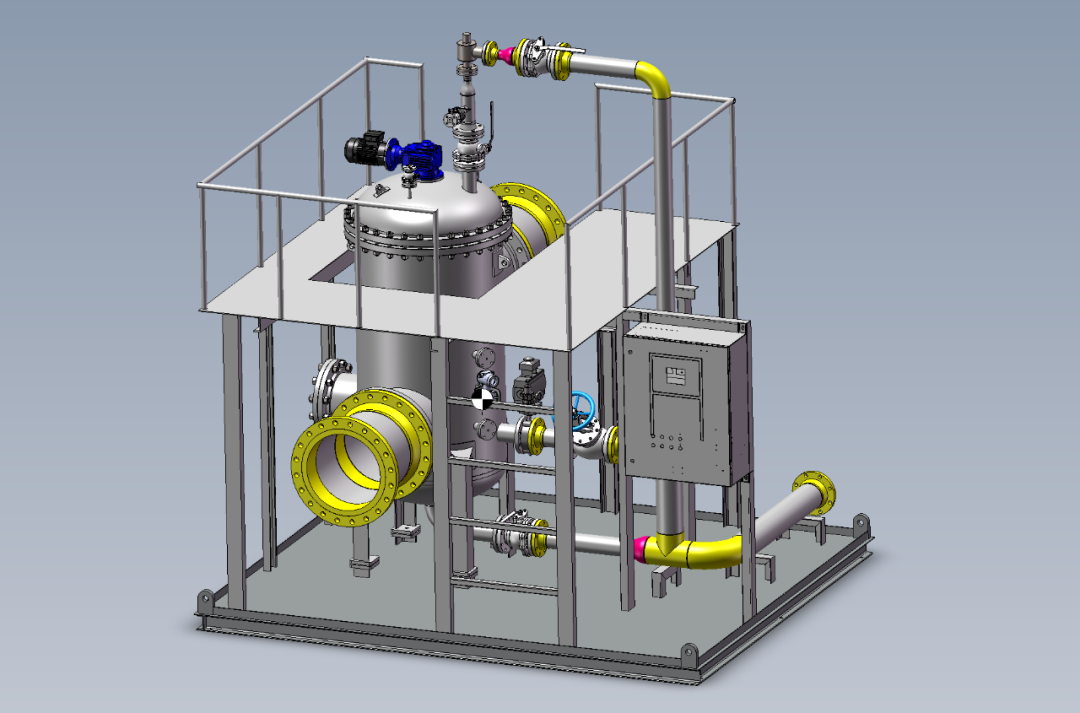 Headway successfully delivers filtration skid solut
Headway successfully delivers filtration skid solut 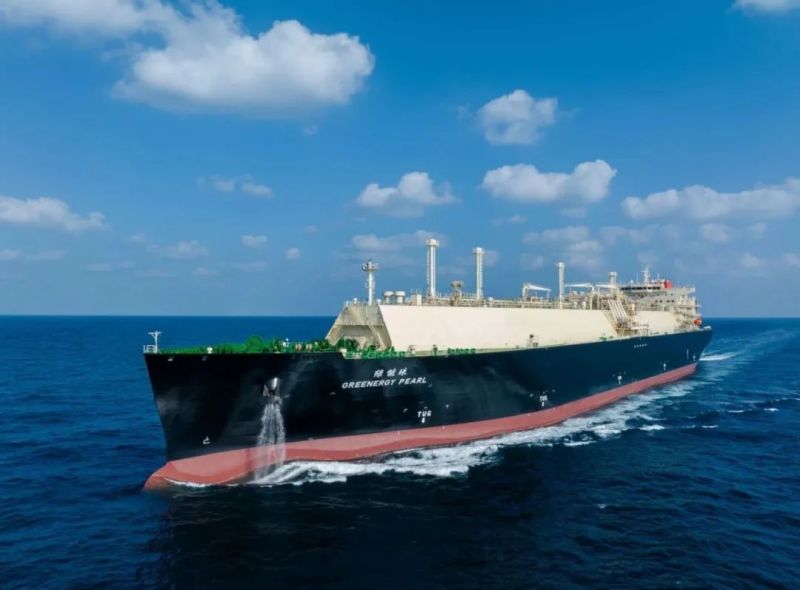 Celebrating the Launch of “Green Energy Pearl” –
Celebrating the Launch of “Green Energy Pearl” –